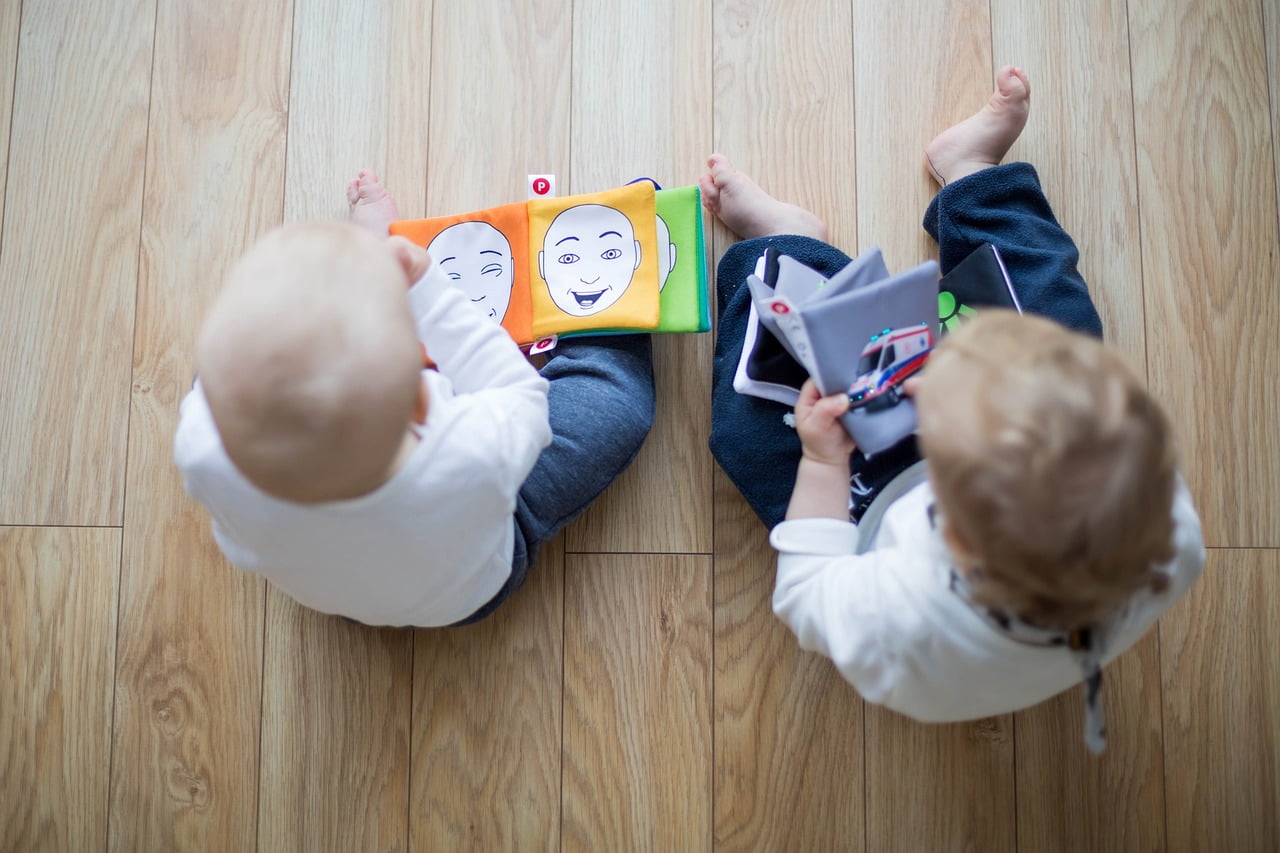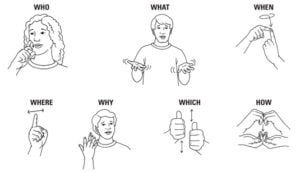Communication lies at the core of human interaction, and for babies, expressing their needs and desires before they can articulate words can be a challenge. However, there’s a remarkable tool that bridges this gap—sign language for babies. This innovative method not only aids early communication but also offers various developmental benefits.
Learning Basic Signs: A Bridge to Early Communication
Teaching babies basic signs like “toilet,” “food,” or “water” empowers them to express fundamental needs and desires. Sign language for babies involves simple gestures or hand movements that correspond to specific words or concepts. For instance, using a hand gesture for “water” when they’re thirsty or signing “food” when hungry allows babies to communicate effectively before mastering spoken language.
It’s important to note that sign language varies across different countries and regions. Each sign language, be it American Sign Language (ASL), British Sign Language (BSL), or others, has its unique signs and syntax. Therefore, when learning sign language for babies, it’s crucial to consider the specific signs relevant to the desired language or region.
Learning from Native Deaf Users: Ensuring Accuracy and Appropriateness
While learning basic signs for babies is beneficial, accuracy is key. Learning from a native, Deaf user ensures the correct signs are taught and used appropriately. Native users bring authenticity to the learning process, offering insights into the nuances and cultural aspects of sign language.
Additionally, learning from a native signer fosters an understanding of the context in which signs are used. This understanding goes beyond mere gestures, encompassing facial expressions, body language, and cultural nuances integral to effective communication in sign language.
Benefits Beyond Early Communication: Sign Language for Development
The advantages of teaching sign language to babies extend beyond early communication. Research has shown that sign language can aid in cognitive development, improve fine motor skills, and enhance language acquisition. Furthermore, it can be a valuable tool for children with conditions like autism spectrum disorder (ASD) by providing an alternative means of expression and comprehension.
For children with ASD, who might face challenges in verbal communication, sign language offers an avenue to express themselves effectively. It provides a non-verbal method of communication that can reduce frustration and facilitate understanding between the child and caregivers.
Conclusion: Nurturing Early Communication and Development
Sign language for babies is a powerful tool that not only enables early communication but also fosters developmental growth. Learning basic signs like “more,” “please,” or “thank you” creates a bridge between infants and caregivers, enhancing understanding and strengthening bonds.
However, it’s essential to approach learning sign language with authenticity and cultural sensitivity. Engaging with native, deaf signers ensures accurate and appropriate usage, enriching the learning experience and ensuring effective communication.
Embracing sign language for babies goes beyond facilitating early communication; it champions inclusivity and nurtures developmental milestones. By empowering babies with this accessible form of communication, we pave the way for enhanced understanding, empathy, and enriched connections within our communities.
Explore how to teach baby sign language with this blog here.




One thought on “Unlocking Early Communication: The Power of Sign Language for Babies”